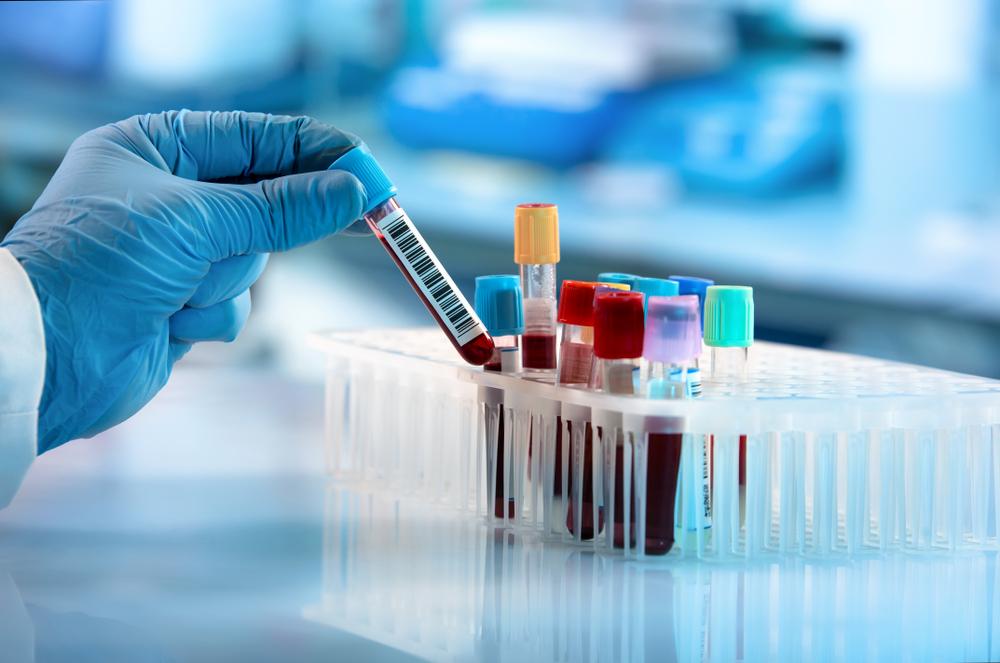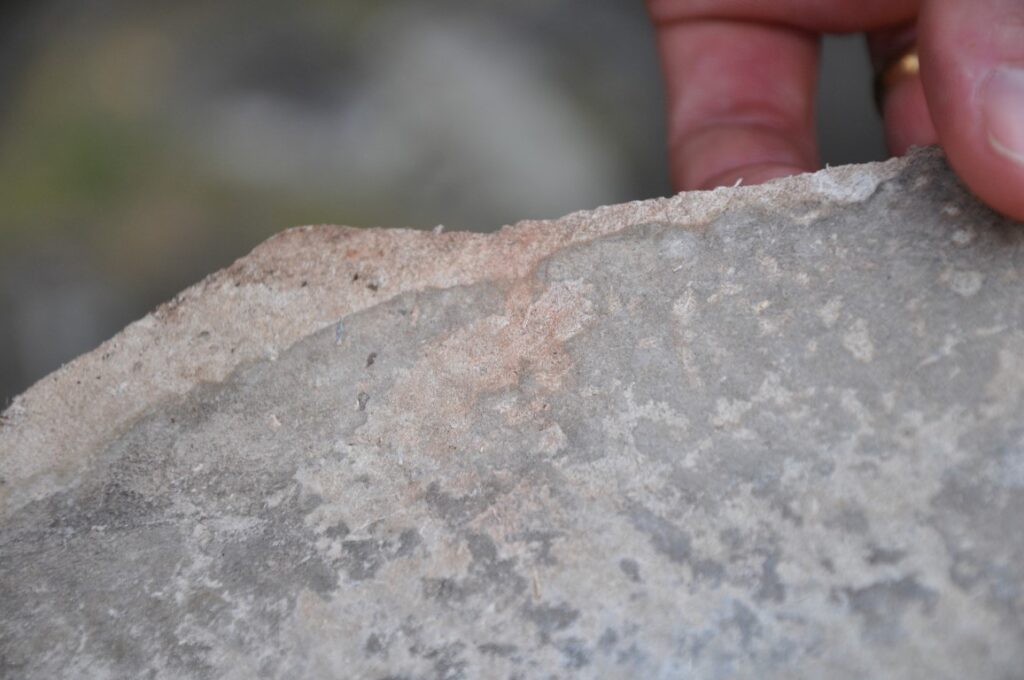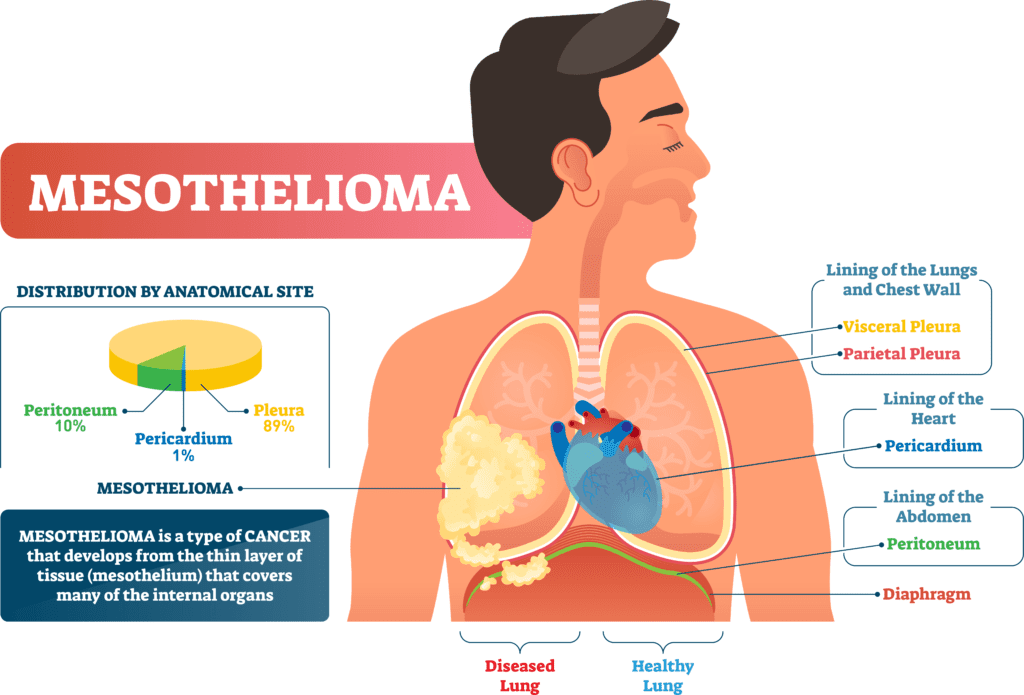You’ve probably heard of asbestos and the potential health risks it poses, but have you ever wondered if there’s a way to detect it in your body through a simple blood test? Well, the answer to that question may surprise you. In this article, we will explore the possibility of a blood test for asbestos and its implications for early detection and prevention of asbestos-related diseases. So, let’s dive into this fascinating topic and find out if there’s a reliable method for detecting asbestos in your bloodstream.
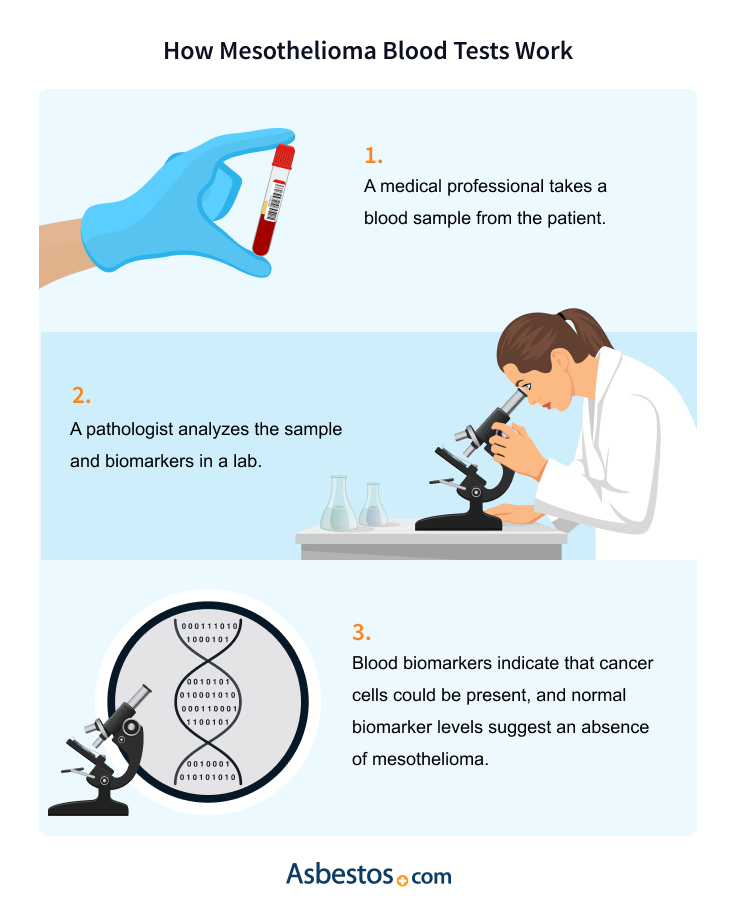

Overview of Asbestos Exposure and Health Risks
Asbestos is a naturally occurring mineral that has been used widely in various industries due to its strength, heat resistance, and insulating properties. It is commonly found in products such as insulation, roofing materials, and floor tiles. However, prolonged exposure to asbestos fibers can have detrimental effects on your health.
Definition of Asbestos
Asbestos refers to a group of six naturally occurring minerals that are made up of fine, fibrous crystals. These minerals include chrysotile, crocidolite, amosite, anthophyllite, tremolite, and actinolite. The fibers of asbestos are extremely durable and resistant to heat, chemicals, and electricity, which made them highly desirable for use in various industries.
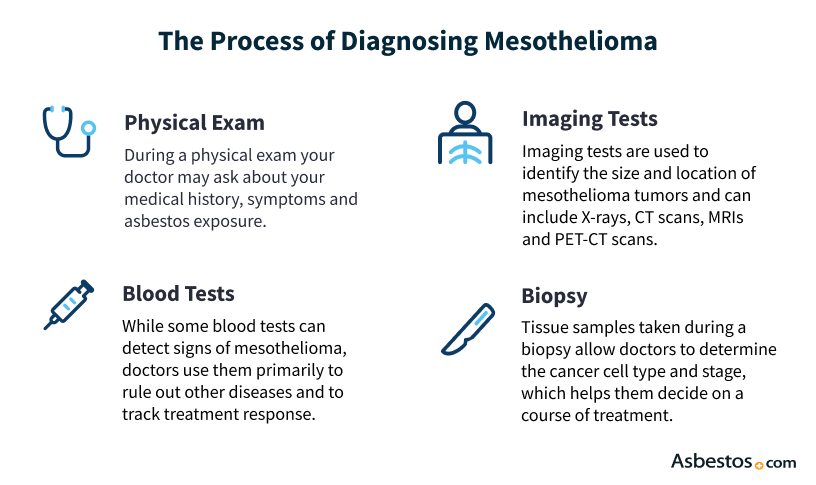

Common Uses of Asbestos
Asbestos has been used in a wide range of products and industries due to its advantageous properties. Some of the common uses of asbestos include insulation in buildings, pipe insulation, fireproofing materials, automotive parts, cement products, and textiles. Its versatility and affordability made it a popular choice for manufacturers, particularly in the mid-20th century.
Health Risks Associated with Asbestos Exposure
Although asbestos was widely used in the past, it has been recognized as a major health hazard. Prolonged exposure to asbestos fibers can lead to serious diseases, such as asbestosis, lung cancer, mesothelioma, and other respiratory conditions. Inhalation of asbestos fibers can cause significant damage to the lungs, leading to chronic inflammation, scarring, and the development of tumors.
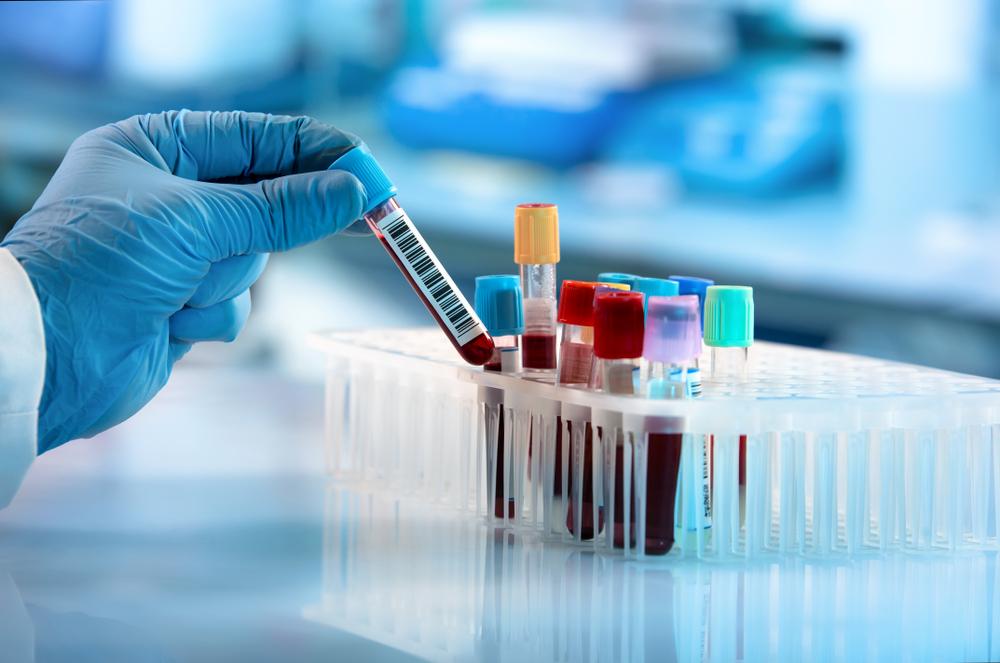

Diagnostic Methods for Asbestos-Related Diseases
When it comes to diagnosing asbestos-related diseases, several methods are commonly used. These methods aim to identify the presence of asbestos fibers in the body and assess the extent of the damage caused by exposure.
Radiographic Imaging
Radiographic imaging techniques, such as chest X-rays and high-resolution computed tomography (HRCT) scans, are often used to detect abnormalities in the lungs that may indicate asbestos-related diseases. These imaging techniques allow doctors to visualize the presence of scar tissue, pleural plaques, and other signs of asbestos-related damage.
Biopsy
In some cases, a biopsy may be necessary to confirm a diagnosis of asbestos-related diseases. During a biopsy, a small sample of lung tissue or fluid is taken and examined under a microscope to identify the presence of asbestos fibers and any abnormal cell changes.
Medical History and Physical Examination
A thorough medical history and physical examination can also provide valuable insights into the possibility of asbestos exposure and related health conditions. The doctor will ask about your work history, exposure to asbestos, symptoms you may be experiencing, and conduct a physical examination to assess your lung function and overall health.
Search for a Blood Test for Asbestos
While various diagnostic methods exist for asbestos-related diseases, researchers and medical professionals have been actively searching for a blood test that could detect exposure to asbestos. Such a test would provide a less invasive and more accessible option for early detection of asbestos-related diseases.
The Challenge of Developing a Blood Test
Developing a blood test for asbestos exposure is a complex task. Asbestos fibers are not naturally present in the bloodstream, as they primarily affect the lungs and surrounding tissues. Therefore, the challenge lies in identifying specific biomarkers in the blood that can indicate exposure to asbestos or the potential development of related diseases.
Role of Biomarkers in Blood Tests
Biomarkers are substances or indicators that can be detected in the blood and are associated with certain diseases or conditions. In the case of asbestos exposure, researchers are searching for biomarkers that are directly related to the presence of asbestos fibers, lung inflammation, and the development of asbestos-related diseases. Identifying and validating these biomarkers is crucial for the development of an effective blood test.
Current Research and Studies
Numerous studies and research efforts have been focused on identifying potential biomarkers for asbestos exposure. One such biomarker is mesothelin, a protein that is produced in higher amounts when there is asbestos-related inflammation in the body. Other promising biomarkers include fibulin-3 and osteopontin, which have been found to be elevated in individuals with asbestos-related diseases.


Promising Biomarkers for Asbestos Exposure
The discovery of biomarkers that can accurately indicate asbestos exposure is a significant milestone in the development of a blood test for asbestos-related diseases. These biomarkers provide valuable clues and have the potential to aid in early detection and monitoring of such diseases.
Mesothelin
Mesothelin is a protein that is overexpressed in mesothelioma, a rare and aggressive cancer primarily caused by asbestos exposure. Researchers have found that elevated levels of mesothelin can indicate the presence of asbestos-related inflammation, making it a potential biomarker for asbestos exposure.
Fibulin-3
Fibulin-3 is another biomarker that has shown promise in detecting asbestos-related diseases. Studies have found elevated levels of fibulin-3 in individuals with mesothelioma and lung cancer caused by asbestos exposure. The detection of fibulin-3 in blood samples could serve as an early warning sign for the development of these diseases.
Osteopontin
Osteopontin is a protein that is involved in various biological processes, including inflammation and tissue repair. Elevated levels of osteopontin have been detected in individuals with asbestos-related diseases, suggesting its potential as a biomarker for asbestos exposure.
False Positives and False Negatives
While the development of a blood test for asbestos has shown promising results, there are factors that can contribute to false positives and false negatives in test results.
Environmental Asbestos Exposure
Asbestos fibers are not only present in occupational settings but can also be found in the environment, particularly in buildings constructed before the regulation of asbestos use. Environmental exposure to asbestos can lead to the presence of asbestos fibers in the body, potentially resulting in false-positive blood test results.
Presence of Other Lung Conditions
The presence of other lung conditions, such as chronic obstructive pulmonary disease (COPD) or lung cancer unrelated to asbestos exposure, can also affect the accuracy of a blood test for asbestos. These conditions may cause changes in biomarker levels that can be misinterpreted as indicators of asbestos exposure.
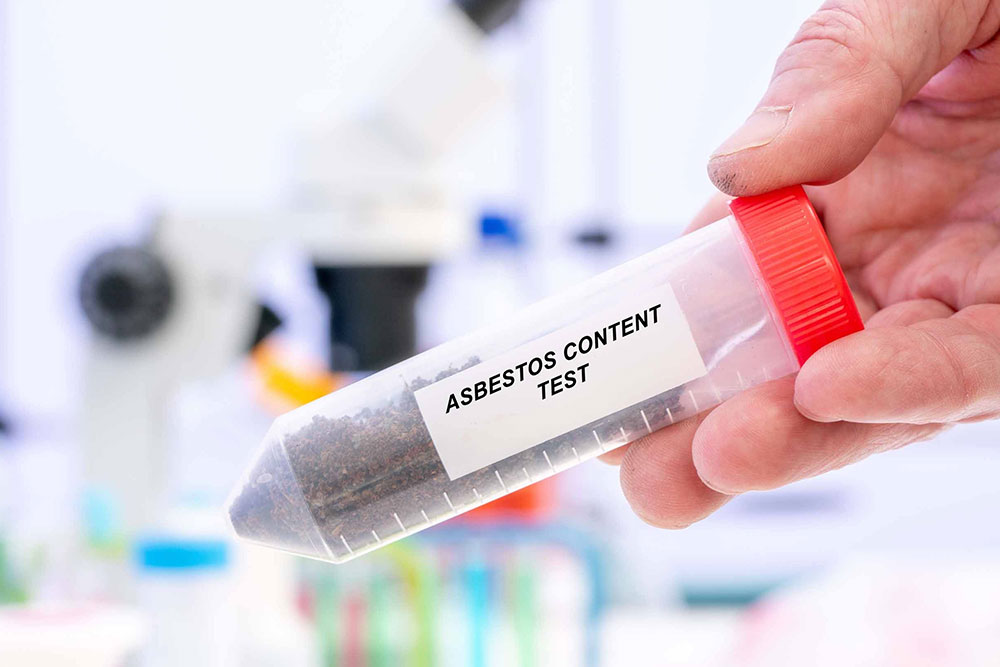

Limitations and Advantages of a Blood Test
While a blood test for asbestos exposure holds significant potential, it is important to acknowledge its limitations and advantages compared to other diagnostic methods.
Non-Standardized Testing Methods
At present, there is no standardized blood test for asbestos exposure that has been approved for widespread use. The development of a reliable and standardized test is crucial to ensure accurate and consistent results across different laboratories and healthcare settings.
Ease of Sample Collection
One of the advantages of a blood test for asbestos exposure is the ease of sample collection. A simple blood draw can provide a sample for analysis, making it a convenient and less invasive option compared to other diagnostic methods that may require more extensive procedures.
Early Detection Potential
Perhaps the most significant advantage of a blood test for asbestos exposure is its potential for early detection. By identifying biomarkers associated with asbestos exposure, the test could provide an opportunity for early intervention and treatment, potentially improving the prognosis for individuals at risk of developing asbestos-related diseases.
Implementation and Availability
The implementation and availability of a blood test for asbestos exposure rely on various factors, including testing laboratories, cost, insurance coverage, and medical guidelines.
Testing Laboratories and Facilities
For a blood test to be widely available, it needs to be conducted in specialized testing laboratories and facilities equipped with the necessary technology and expertise. The development of partnerships and collaborations between researchers, healthcare providers, and laboratories is crucial for the successful implementation of a blood test for asbestos exposure.
Cost and Insurance Coverage
The cost of a blood test for asbestos exposure is an important consideration for its availability and accessibility. In order for individuals to have widespread access to the test, it should be affordable and covered by insurance companies, ensuring that the financial burden does not limit its utilization.
Recommendations and Guidelines
Once a blood test for asbestos exposure becomes available, it will be essential to establish guidelines and recommendations for its usage. Medical organizations and regulatory bodies will play a critical role in setting guidelines on who should undergo testing, frequency of testing, and the interpretation of test results.
Conclusion
While a blood test for asbestos exposure is still in its development stages, significant progress has been made in identifying potential biomarkers and understanding the challenges associated with such a test. The discovery and validation of these biomarkers offer hope for early detection and monitoring of asbestos-related diseases, ultimately improving the prognosis for individuals at risk. However, further research, standardization, and collaboration between researchers, healthcare providers, and regulatory bodies are needed to make a blood test for asbestos exposure widely available and reliable.

